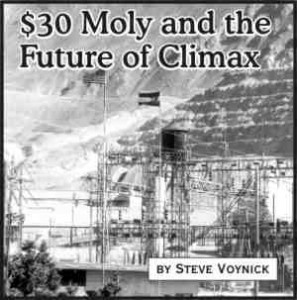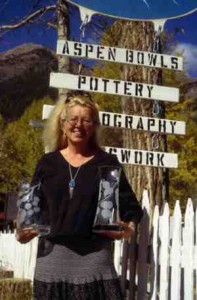Review by Ed Quillen
Colorado Lore – July 2005 – Colorado Central Magazine
Mansions of Denver – The Vintage Years 1870-1938
by James Bretz
Published in 2005 by Pruett
ISBN 0-87108-937-8
THESE DAYS, it’s fashionable to make your money in the city, then build your mansion in the mountains. A century ago, the opposite often held: Ambitious men made their money from mines and railroads in the mountains, then built their mansions in the city.
Denver may have had its share of noise, bustle, and air pollution, but it must have been quieter than Leadville or Cripple Creek, with their mines, mills, smelters, railroads – and large working class that lived uncomfortably nearby. Further, it was easier to conduct big-league business in Denver; it had the major banks, the specialized attorneys, better transportation and communication, and easier access to other movers and shakers who might be fellow club members or neighbors on Millionaire’s Row.
So even if this book is about the mansions in distant Denver, there are a lot of familiar Central Colorado names, mostly from Leadville, in it. A fair amount of the silver from Fryer Hill went to mansions on Capitol Hill.
Mansions of Denver profiles about eighty big houses. Some still stand, but most were demolished over the years. Many were razed early on, as the city’s commercial district expanded into what had been residential. Others became targets for urban renewal in the 1960s. Few if any remained in family hands – the heirs sold out and moved to more fashionable neighborhoods, and the old mansions became rooming houses or offices, and sometimes public nuisances.
The book doesn’t just describe the houses and their locations; it also offers short histories of the families who built them – often with resources from Central Colorado.
Three generations of Boettchers built houses featured in this book. The family fortune started with Charles, a Prussian immigrant who opened a hardware store in Leadville. Dynamite was hideously expensive because the railroads refused to transport the explosive, so he built a powder works. He expanded from hardware retailing to wholesaling, which meant a move to a more central location, from Leadville to Denver. He founded Great Western Sugar and Ideal Cement.
His mansion at 1201 Grant Street was torn down in 1953 after his widow’s death. But his son Claude’s 1907 mansion at 400 East Eighth Ave. remains today – it’s now the governor’s mansion. It was saved from demolition only after historic-minded people protested.
That’s what saved the Molly Brown house, too. But other mansions with Leadville connections — like those of John Campion (which had its own bowling alley), Horace Tabor, and David Moffat – were demolished over the years.
MANSIONS OF DENVER is copiously illustrated with period photos of homes and occupants, well researched, and competently indexed. It offers maps, just in case you want to see where some famous edifices once stood, and points out that some, like the Byers-Evans mansion near the Denver Art Museum, remain standing and are open for tours.
But there was a disturbing aspect in reading this informative book. When I run into people who believe in past lives, they were always kings or queens or the like – even if the vast majority of humanity in days past were slaves and peons. And as I read this, I found myself romanticizing about elegant living in the days of yore, and forgetting that the fortunes which built these impressive houses were made possible, in large part, by thousands of low-wage people who lived in two-room shacks, served by a privy and heated with such coal as they could steal from the railroad.
Mansions of Denver doesn’t aspire to be a social or economic history, though, and it wouldn’t be fair to judge it on that basis. What it does cover, it covers quite well, and it’s worth reading even if you seldom visit Denver. The story of those mansions, and the money that built them, is a story that covers all of Colorado.


